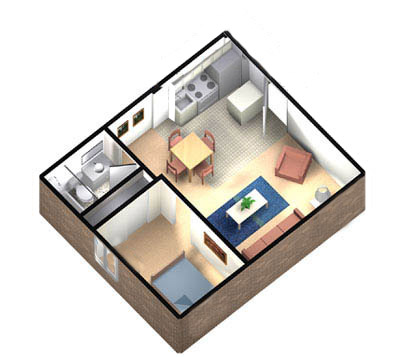Ark I will be designed around redundancy and safety. Primary systems will have multiple backups. The superstructure rings, rooms, and hull will be constructed out of a small selection of mass producted components that are easily combined to perform different functions. The inner hallways and hull will be a structure built of beams and plates, but connected to independently pressurized rooms of multiple configurations to comprise the outer ring. This will help combine the advantages of redundancy in safety with each apartment serving as a temporary lifeboat and keeping the complexity of construction to a minimum.
The rooms will be based on identical composite floor and roof sections. Each room is capable of being hermetically sealed in case of an emergency. They will be connected together by curved corner struts and mechanically affixed with an industrial air-tight adhesive. A prefabricated wall will then be selected to match the room to its intended use.
The superstructure will be built from a series of scaled beams and plates. The primary backbones will be 1m x 1m beams constructed of a lightweight yet stiff material. These will comprise the backbone of the structure and will be mass produced in 10m segments, connected by mechanical pins and adhesives.
Each individual occupants room will be approximately 7.5 meters x 7.5 meters (24.6′ x 24.6′) which comes out to about 600 sq feet &mdash about the size of a large studio apartment or mobile home. Here is what one apartment might look like.
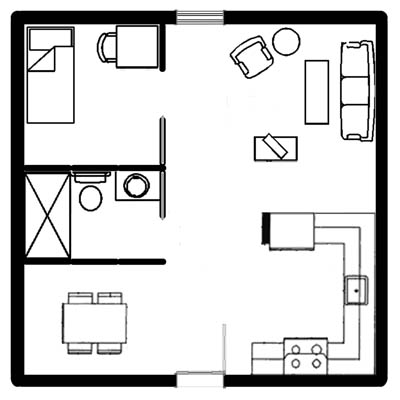
The rooms can be combined with adjacent rooms to form larger living areas, accomodating 3 or more people. A sample floor plan might look like this.
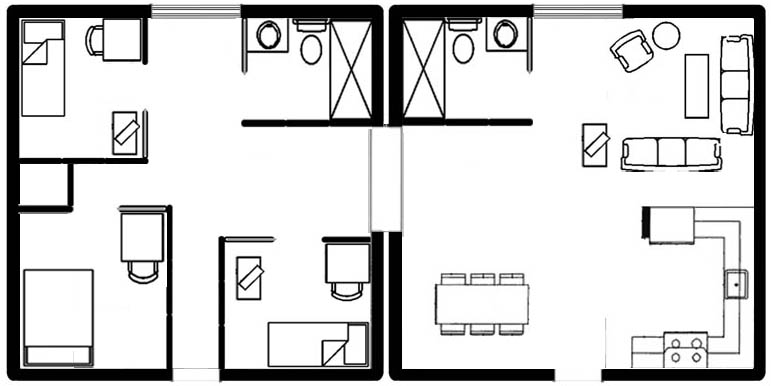
Public areas can be comprised of one or more adjacent rooms as well. Below is a one room lounge with three large windows.
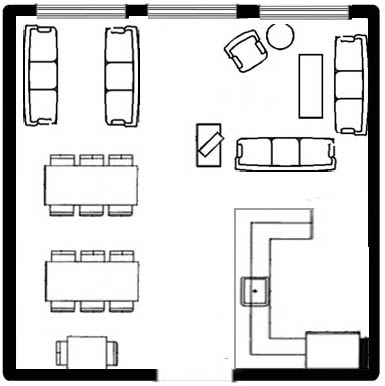
A typical room will be constructed of the following pieces:
Corner piece – rounded to sustain pressures, mass produced. This corner piece will fit many different sizes of rooms.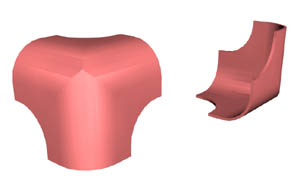
Edge piece – these pieces match the curvature of the corner pieces and attach to them or to other edge pieces, making the corners of a room.
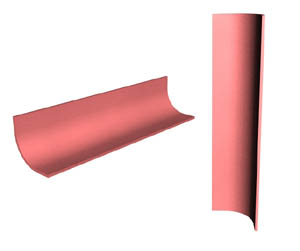
Assembling all the corner and edge pieces creates the skeleton of a room.
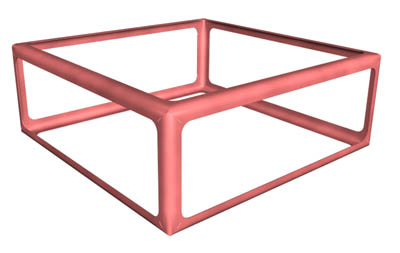
The outer walls are then added, made up of multiple panels. The panels come in 6 types:
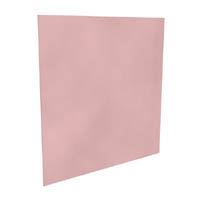
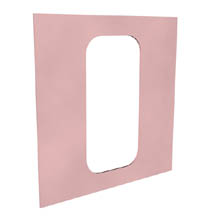
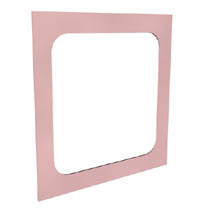
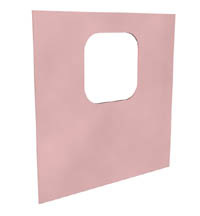
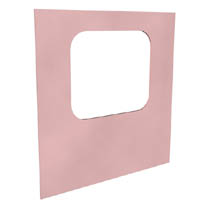
The corners, rounded edge pieces and wall panels are then combined to form a room.
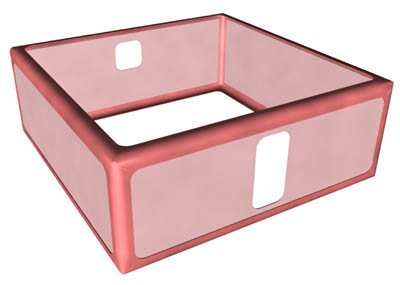
Here is a sample room with panels added as walls, with a narrow doorway as an entrance and a small window looking out.
The panels are light and stiff, made up of foam cored composites that facilitates easy construction with the common resources available in space.
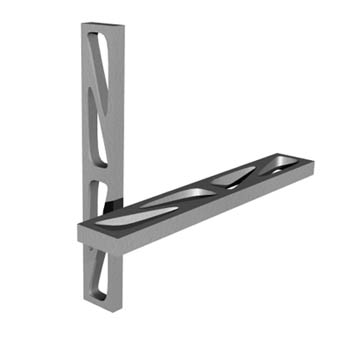
The panels are connected and given additional strength through generic struts, which are 15cm x 5cm x 1m long, sandwiched between inner and outer panels.
The same panels are used to construct the outer walls of the floor and ceiling. Struts are stacked to provide the base for the flooring.
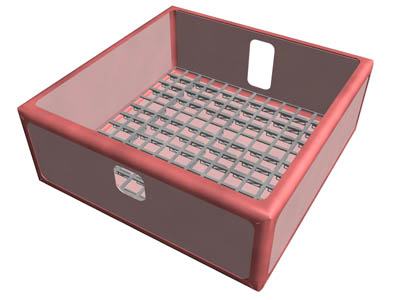
The floor panels are then added, along with another set of panels which form
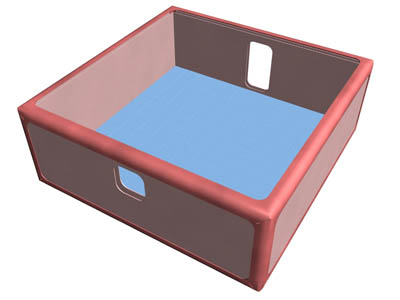
The doorway and window sleeves are generic and can be used for any size window or door. They will form an airtight connection between adjacent rooms.
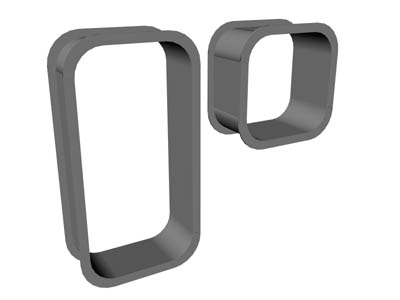
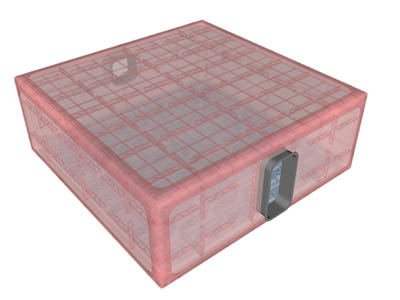
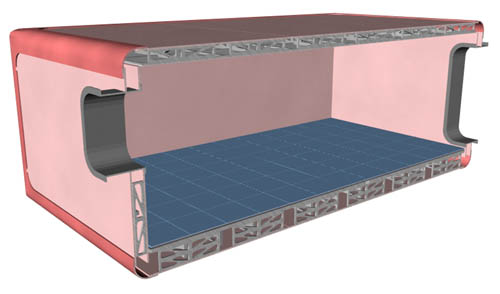
The small rooms, the long rooms, and the tall rooms are all made up of the same two types of pieces, the corners and edges.

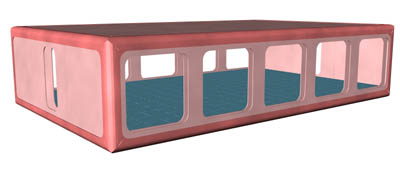
The tall rooms will be public rooms primarily located in the struts of the rings.
The smaller rooms will comprise the bulk of the living quarters of the space station.
The longer rooms will primarily be public hallways that connect the rooms on opposing sides of the ring. The hallways will have staircases, elevators and a small electric transit system.
A typical cross section will look like this:

The overall ring will be divided into 8 typical room segments such as the one below. There will be 4 strut segments and 4 viewing segments as well, each about 1/4 the length of the room segment below. Thus 1/4 of the ring of the 9 floors will be two of the segments below connected by a strut segment in the middle and a viewing segment on one end.
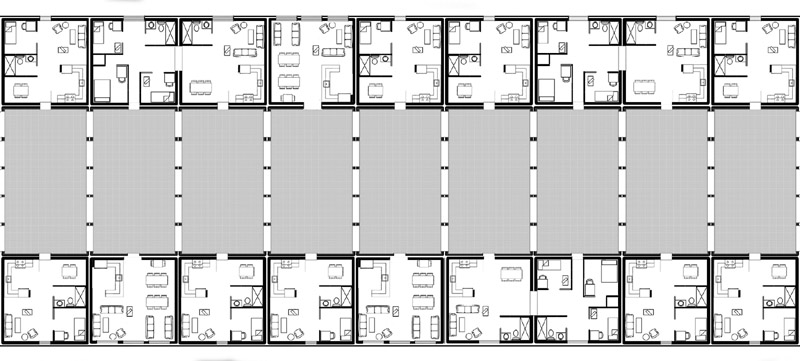
Click for larger image.
Finally, here is an isometric room design overview:
